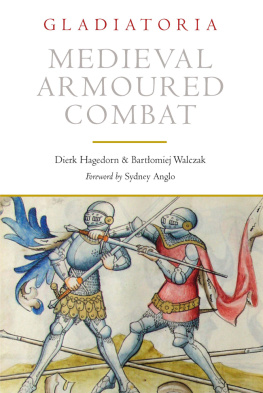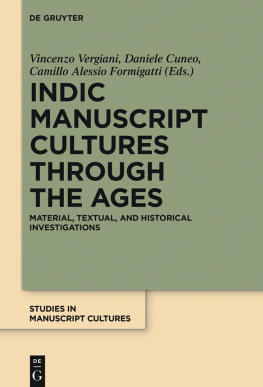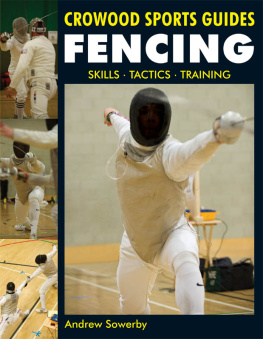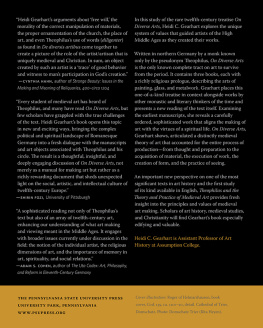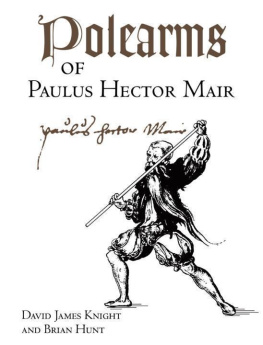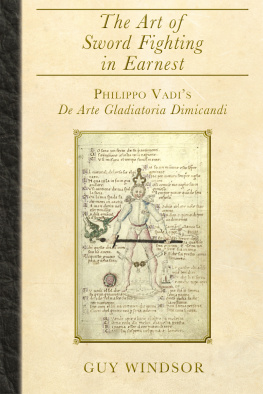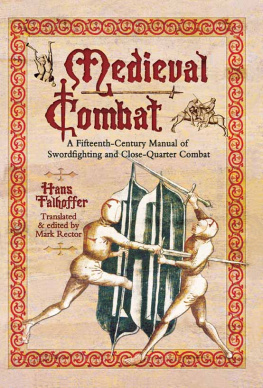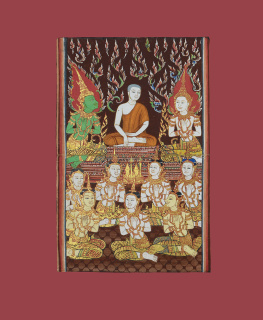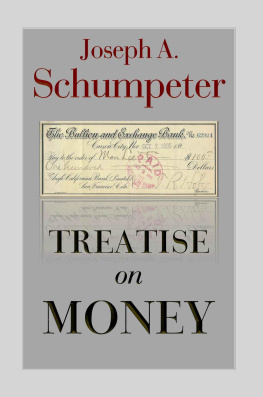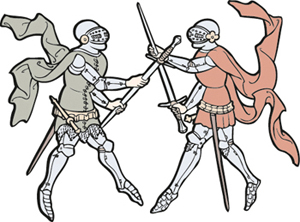Pagebreaks of the print version

GLADIATORIA
MEDIEVAL ARMOURED COMBAT
DIERK HAGEDORN BARTOMIEJ WALCZAK
GLADIATORIA MEDIEVAL ARMOURED COMBAT
The 1450 Fencing Manuscript from New Haven
FOREWORD BY SYDNEY ANGLO
This edition published in 2018 by Greenhill Books,
c/o Pen & Sword Books Ltd,
47 Church Street, Barnsley, S. Yorkshire, S70 2AS
www.greenhillbooks.com
First published in 2015 by VS-BOOKS Torsten Verhlsdonk
Postfach 200540, 44635 Herne, Germany
www.vs-books.de
Dierk Hagedorn & Bartomiej Walczak 2018
All rights reserved. No part of this publication may be reproduced, stored in or introduced into a retrieval system, or transmitted, in any form, or by any means (electronic, mechanical, photocopying, recording or otherwise) without the prior written permission of the publisher. Any person who does any unauthorized act in relation to this publication may be liable to criminal prosecution and civil claims for damages.
ISBN 978-1-78438-333-6
eISBN 978-1-78438-334-3
Mobi ISBN 978-1-78438-335-0
Library of Congress Cataloging-in-Publication data available
Images used by kind permission of the
Yale Center for British Art, Paul Mellon Collection.
for
H ELEN , H ENRI & L ILIANA

Dierk Hagedorn, born in 1966, is a designer of user interfaces, corporate design, and printed works. He is an instructor for the longsword at Hammaborg, a club that concentrates on reconstructing the historical European martial arts. He has transcribed more than twenty German fencing-related manuscripts and has made them publicly available on the Hammaborg website. He has published extensive volumes about some of the most important German manuscripts, such as the Peter von Danzig fightbook, the Lew the Jew fightbook, and the famous illustrated codex by Hans Talhoffer. In partnership with Bartomiej Walczak, he has edited another Gladiatoria manuscript: a facsimile of the Cracow version. Other publications include numerous articles in magazines and essays for catalogues and anthologies. He is a member of the Historical European Martial Arts Coalition and has given many workshops and lectures about historical fencing with a particular focus on combat in armour in various countries.

Bartomiej Walczak, born 1978, is a freelance film editor, visual effects artist, and colourist. Historical European Martial Arts have been his passion since 1999, and his work with the technical sources began in 2000. He founded and headed the Polish chapter of ARMA; co-founded the Polish HEMA Federation FEDER; he has taught and lectured worldwide and participated in tournaments, including winning the ILHG Open Longsword competition in 2015. He is also one of the founding members of the HEMAC (Historical European Martial Arts Coalition) . In 2002, he and Grzegorz abiski published Codex Wallerstein: A Medieval Fighting Book from the Fifteenth Century . Other publications include a preface to the facsimile edition of the Gladiatoria version from Cracow (with Dierk Hagedorn) and the Polish translation of Peter von Danzig (with Grzegorz abiski and Monika Maziarz). His areas of expertise include unarmoured and armoured longsword and dagger.
ACKNOWLEDGEMENTS
The book that you are about to enjoy is the result of our seemingly endless efforts to do justice to what we believe to be one of the very finest surviving medieval illustrated manuscripts.
Years agoquite some time before we got to know each otherwe independently stumbled over an astounding manuscript with truly stunning artwork: The Gladiatoria manuscript from Cracow, which is very similar to the one we present to you here. We were mesmerised by the combination of astonishing illustrations and profound explanations of the described techniques, all performed in full armour. Subsequently, a second Gladiatoria exemplar from Vienna came to our attention, as did other related manuscripts with Gladiatoria material that were also similar, yet with the difference that they contained little or no text. For quite some time we worked independently on the manuscripts of the Gladiatoria group, until finally, more than a decade ago, we met at an international fencing event, discovered our mutual love and admiration for the Gladiatoria group, and instantly decided to join forces. By that time, the Gladiatoria manuscript from a library in Gotha, Germany, which was believed to be lost during World War II, had resurfaced in the United States and was ready for a close examination.
With our combined efforts, we endeavoured to tackle the intricacies, the similarities and the differences of all of the Gladiatoria codicesa task that ultimately proved too demanding. Finally, we decided to concentrate solely on the New Haven manuscript, having chosen it as the most worthy for our edition.
It took us more than five years, during which this book has changed many times, sometimes drastically. In 2015, however, the synergy of our efforts and our mutual support throughout this long process allowed us to finally present the fruits of our labour in a bilingual GermanEnglish edition: the reproduction of the earliest representative of the Gladiatoria line. While neither as mature as the Cracow version, nor as complete as the Vienna one, it contains the widest variety of early 15th century arms and armour, depicted in amazing detail. At the same time, the codex has an intriguing history of its own. We hope to have done it justiceboth visually and academically.
But the story doesnt end there. Two years later, we were approached by Michael Leventhal of Greenhill Books: could we imagine a revised edition that would keep the English textand the beautiful artwork, of coursebut drop the German text? Of course, we agreed. The splendour of Gladiatoria should be spread, and the knowledge about it should grow and prosper.
We would not have been able to succeed without the invaluable help of friends and colleagues worldwide. Therefore, particular thanks go to Martin Austwick, Jrg Bellinghausen, Michael Chidester, Tomasz Ciaciek, Keith Farrell, Matthias Goll, Cornelia Hopf, Daniel Jaquet, Jens Peter Kleinau, Krzysztof Kruczyski, Francis Lapka, Gregory Mele, Ireneusz Nowak, David Rawlings, Radosaw Ropka, Julia Thut, Manuel Valle Ortiz, Roland Warzecha, Martin Wierschin, Thore Wilkens, Hagen Wooge, and Grzegorz abiski.
We want to emphasise the tremendous assistance of Christian H. Tobler, who generously helped with proof-reading the English versions of all texts for the first edition.

